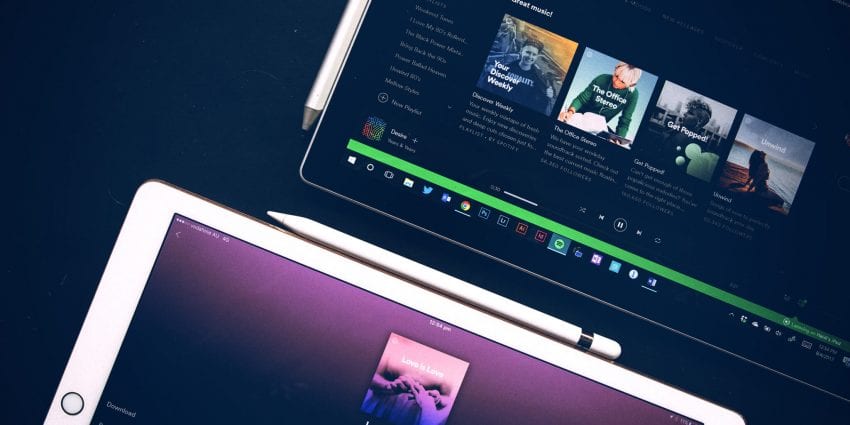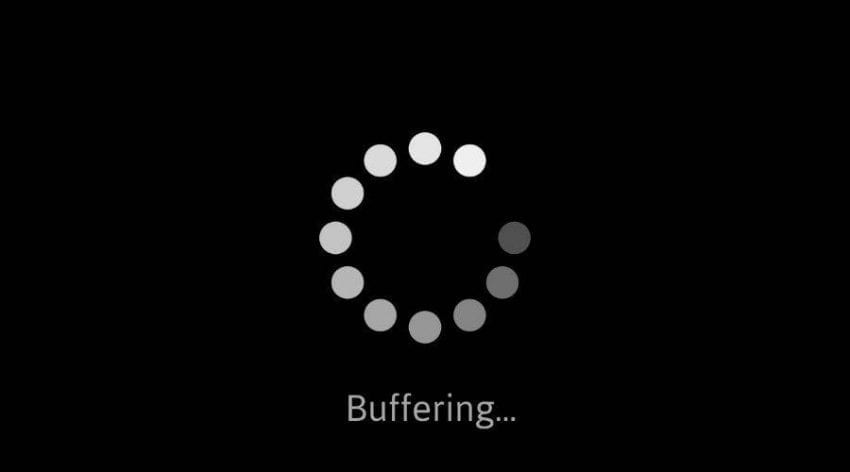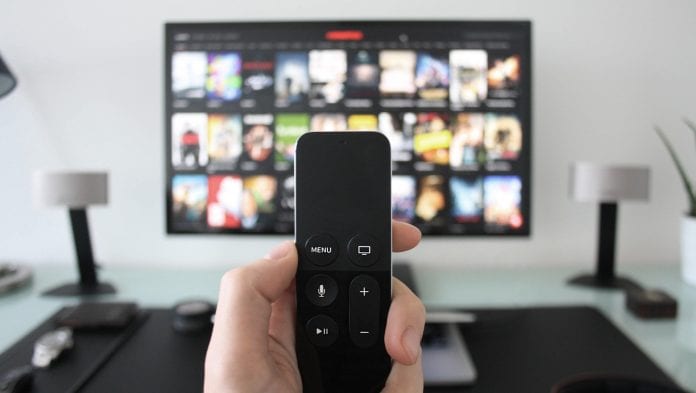A video streaming service is an online, on-demand entertainment source of movies, TV shows, and other media. These services are an alternative to satellite and cable on-demand services, usually with a lower cost. Streaming service usually requires a fee, either in the form of subscription or per view. The media you choose to watch come from a network that is cloud-based. The content, price, and availability of the services might vary from one region to another. In this article, you will be able to learn how these services work, as well as where you can use them. Let’s take a closer look:

How Does Streaming Work?
Just like any other data that is sent via the Internet, video and audio data is broken down into smaller data packets. Each of them contains a small piece of the audio or video file and a media player in your browser rake the flow of the packets containing the data and interprets it as a whole. Sending videos via the Internet requires a faster method of transporting the data than TCP/IP, which put reliability first, and then the speed.
According to the experts from TopStreamFilm, most of the Internet uses Transmission Control Protocol or TCP for short. This transportation protocol involves a back-and-forth acknowledgment in order to establish a connection. Once the connection is open and the two devices are sending packets back-and-forth, the TCP makes sure that the transmission is reliable and that all packets arrive in order.
For streaming movies online, speed is more important than reliability. For example, if you are watching a movie online, not every pixel has to be present for each frame. Like most people, you would likely prefer to have the movie played at normal speed than to sit and wait for each data to be delivered to your device.
What is Buffering?
Streaming movie players load for a couple of seconds of the stream before you play the content, hence, the movie can continue playing if the connection gets shortly interrupted. This is well known as buffering. It ensures that movies can be played continuously and smoothly. But, if your connection is slow or if the network has lagged, your movie might take longer to buffer and load.

The Features of Streaming Movies
Some streaming service features a wide range of hardware support for various devices like smart TVs, computers, streaming media receivers, smartphones, and tablets. Others might be limited to specific devices such as Hulu or some might be tailored for a specific brand’s device, like iTunes which can only be used for Apple products. Other services might be ad-supported like Google videos or run on a freemium model which offers movies for a fee.
Which Platforms offer Streaming Services?
As previously mentioned, there are a lot of streaming platforms including iTunes, Hulu, Netflix, Amazon, YouTube, Vudu, LoveFilm, NowTV, Baidu, Vimeo, and Amazon Instant. There are also free sources such as Retrovision, Uncle Earl’s Classic TV Channel, Shocker Internet Drive-In, Internet Archive, Crackle, and Engage Media. You can check the Cable Compare site for example and see the well done cable statistic: what people search for, what they watch and so on.

Conclusion
As you can see, these are the ways that streaming services work. If you want to subscribe to a specific streaming platform, make sure that you first try the one-month free trial which most platforms offer. Hence, you will be able to see which platform will fit your needs best.









